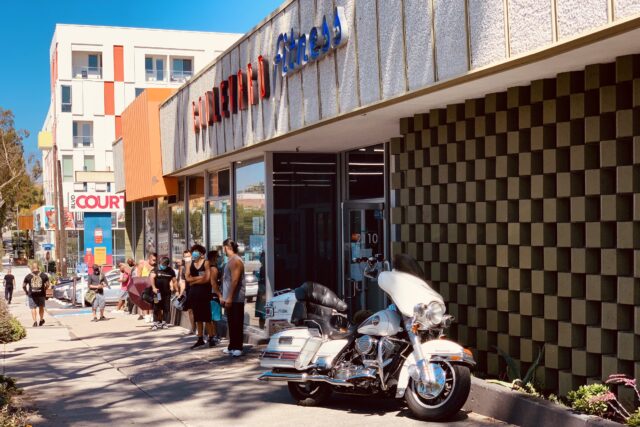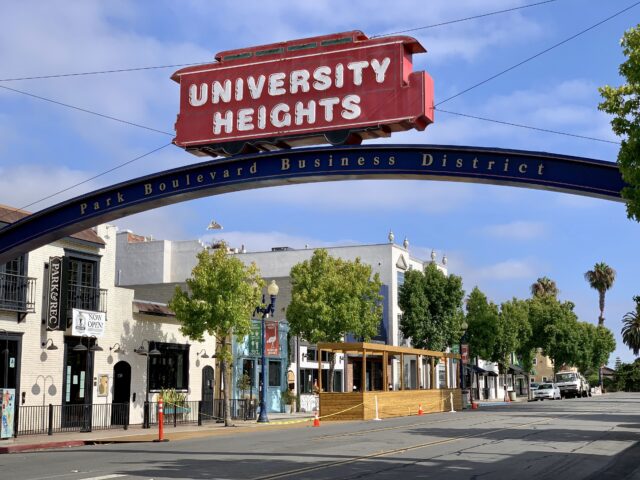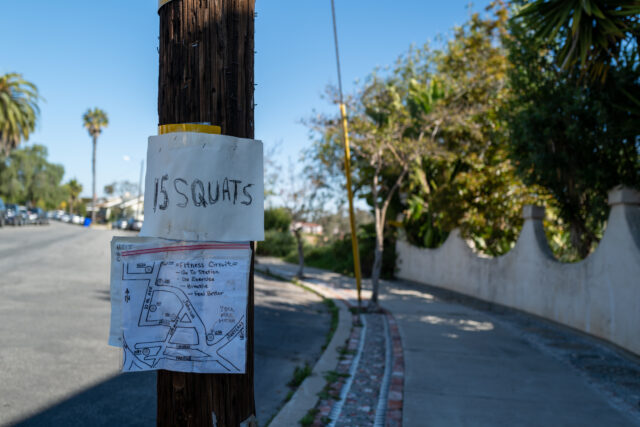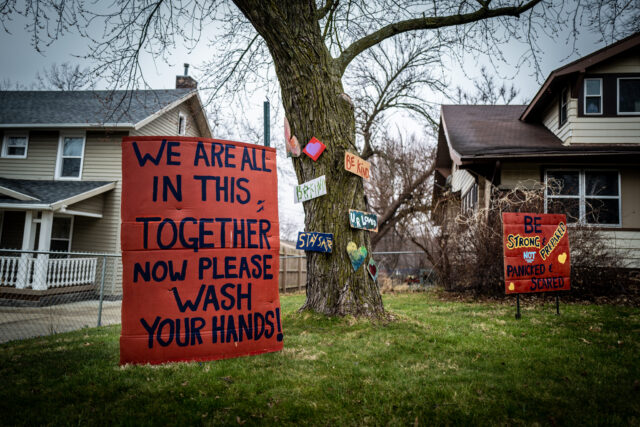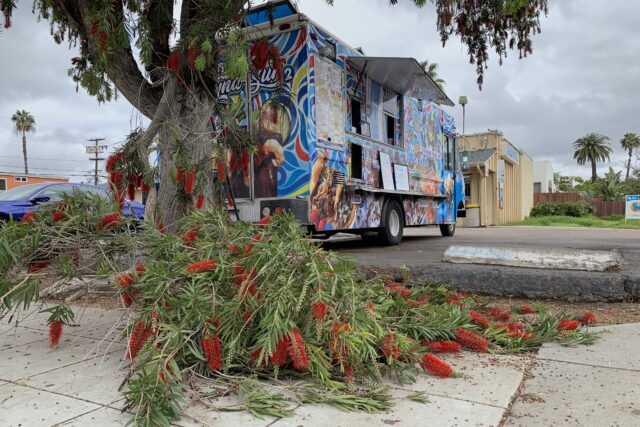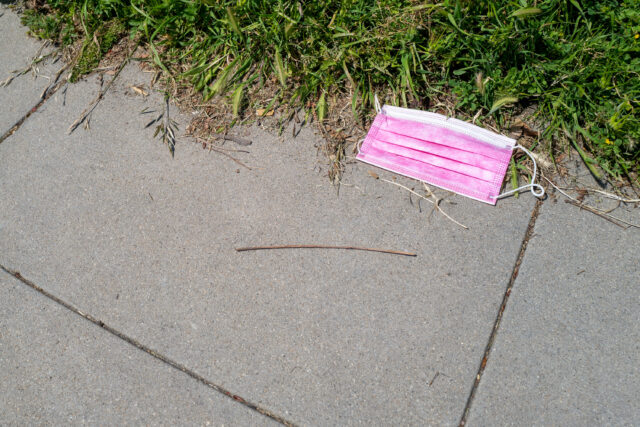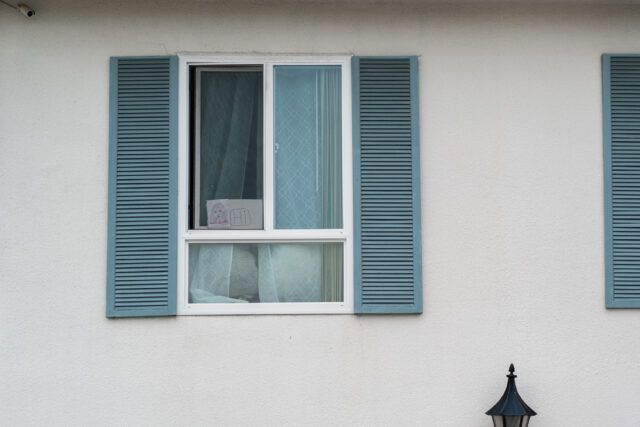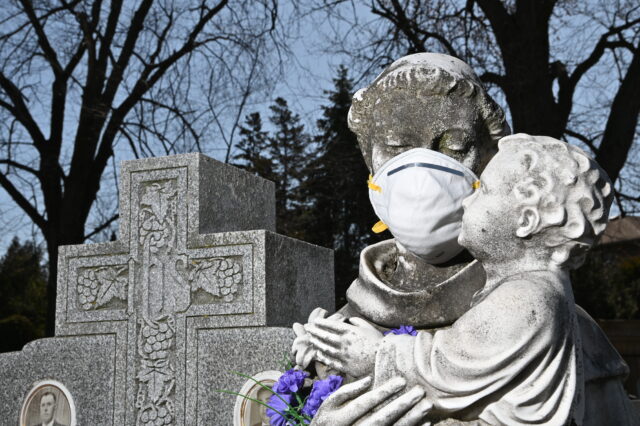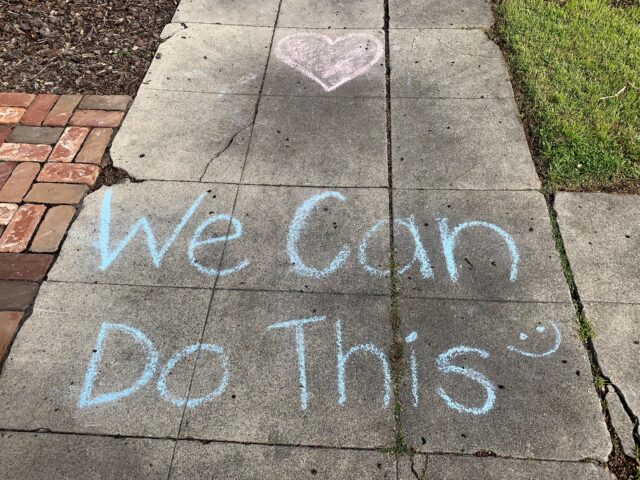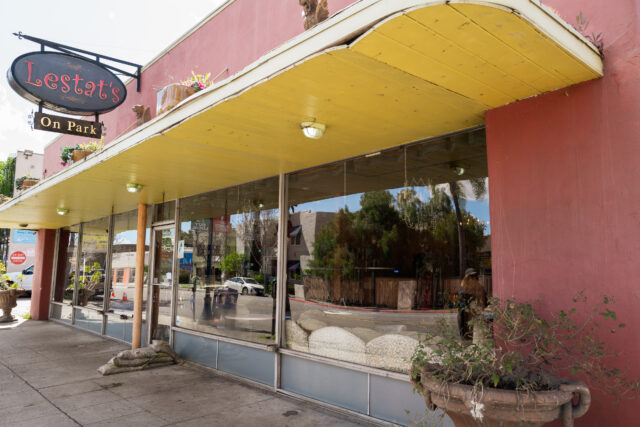Around the corner from where was the Urban Pumpkin is the local gym, which closed during California Governor Gavin “Gruesome” Newsom’s first state-shuttering order in mid-March 2020 but has since defied the second shutdown, started July 13, that restricts indoor activities at many commercial businesses and institutions (like churches). Four days ago, San Diego County issued an order for the “immediate closure of Boulevard Fitness”; compliance “may be enforced by the San Diego Police Department”.
In meaningless sense of solidarity—the way flabby, beer-gut spectators feel good when watching their favorite sports team compete and win—I have checked daily for more than a month to see if the gym is open, silently cheering that it was. But on a Monday morning, following the “cease and desist” order, would Boulevard Fitness welcome patrons of exercise and good health?
